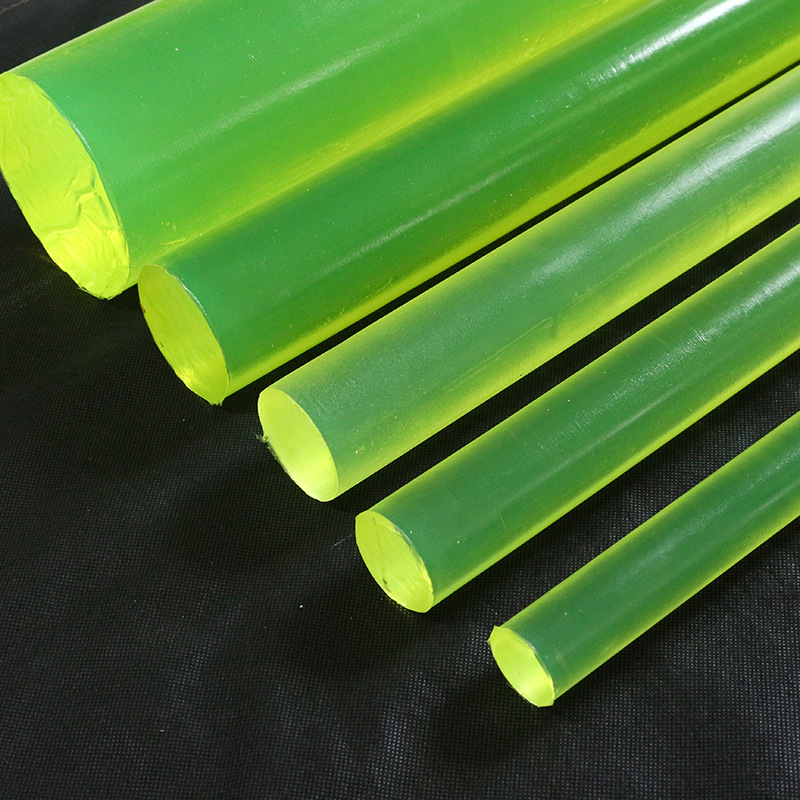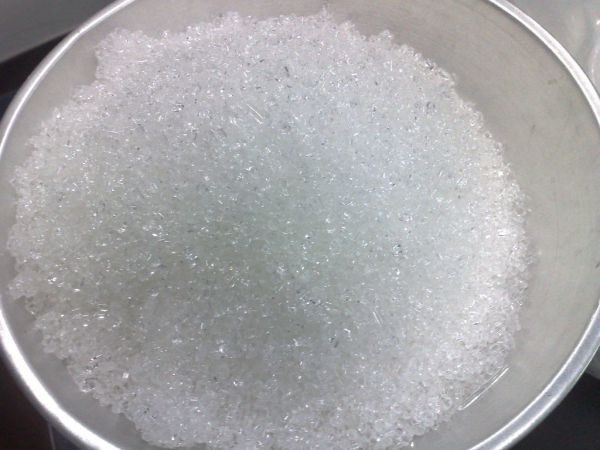Due to its own characteristics, the PET substrate makes it difficult for water-based acrylic resin to have good adhesion on its surface, especially for optical grade transparent PET films. , the surface is smooth and not easy to adhere. Although the surface of the film will be corona treated before leaving the factory, so that the surface tension value is about 40mN/m, the adhesion problem of acrylic resin on its surface cannot be solved, and the corona film The surface is time-sensitive. As time goes by, the corona effect will gradually weaken. Therefore, it is a difficult problem to solve the adhesion problem of acrylic resin on the film surface. The following is a solution obtained through practical application.

The essential reason for poor adhesion lies in the resin. Polyurethane can adhere very well to the surface of the film, but acrylic resin is difficult to adhere to. Although polyurethane adheres The coating has good strength, but the coating surface is not scratch-resistant and has insufficient hardness. Therefore, in view of their respective advantages and disadvantages, it is difficult to use a single resin to achieve the effect of a thin film coating.
Therefore, there are several ways to improve the adhesion of water-based acrylic resin:
1. Modify acrylic resin to increase hardness and adhesion to PET substrate. Currently on the market, the mechanical properties are improved through silicone modification. The scratch resistance and hardness of the coating surface are significantly improved, and the hardness can reach 2H. However, the surface tension is greater after silicone modification. As the hardness increases, The coating becomes more brittle and has poorer adhesion.
Another modification method grafts acrylic resin onto the polyurethane chain through core-shell polymerization technology to obtain a water-based acrylic-polyurethane copolymer with a certain core-shell structure. , which solves the contradiction between low-temperature film-forming properties and hardness. While improving the adhesion of the resin, it has good wear resistance and impact resistance, and at the same time avoids the problem of poor physical blending compatibility of acrylic resin and polyurethane resin. This method The current solution is to solve the root cause of adhesion. The adhesion of Dow products currently used on the film on the film is still limited and can reach 4B.
2. Add coupling agents to improve the adhesion between the substrate and the coating. Adding additives can improve the adhesion to a certain extent. , but the improvement is limited and far from meeting the requirements.
3. The physical blending method of water-based acrylic-polyurethane copolymer with core-shell structure and polyurethane resin cannot be achieved with a single modified resin. state, but by reintroducing polyurethane resin with strong adhesion, the adhesion of the coating can reach 5B level. No coating fell off around the scratch in the 100-square test. At the same time, the hardness and toughness are very good, and it can be used very well. Perform winding. The only disadvantage of this method is that before use, the compatibility of the two resins needs to be strictly tested and the same type of resin needs to be selected.

Possible problems after blending acrylic resin and polyurethane resin
1. Compatibility. After the liquid is mixed and left for a period of time, you can observe the appearance of the mixed solution, such as whether there is a change in viscosity, whether there is precipitation, whether there is gelling or even delamination, etc. to judge its compatibility. A better way is to put it on a glass plate. After the coating is dry, observe the transparency and surface condition of the coating film to determine its compatibility.
2. Be sure to master the ion forms of the two resins. The stability after mixing of the same ionic type is relatively good, but even if the ionic type is the same, attention should be paid to the ionic strength and the charge effect of the ions, and whether there are free particles (like emulsifiers in acrylic resin), special attention should be paid to the actual mixing process. of.
3. Pay attention to the transitional nature of the resin polarity. For example, if you choose a high-polarity resin and a relatively low-polarity resin and they are not compatible, you can choose a third resin with a polarity between the two to balance the polarity of the two.

 微信扫一扫打赏
微信扫一扫打赏

